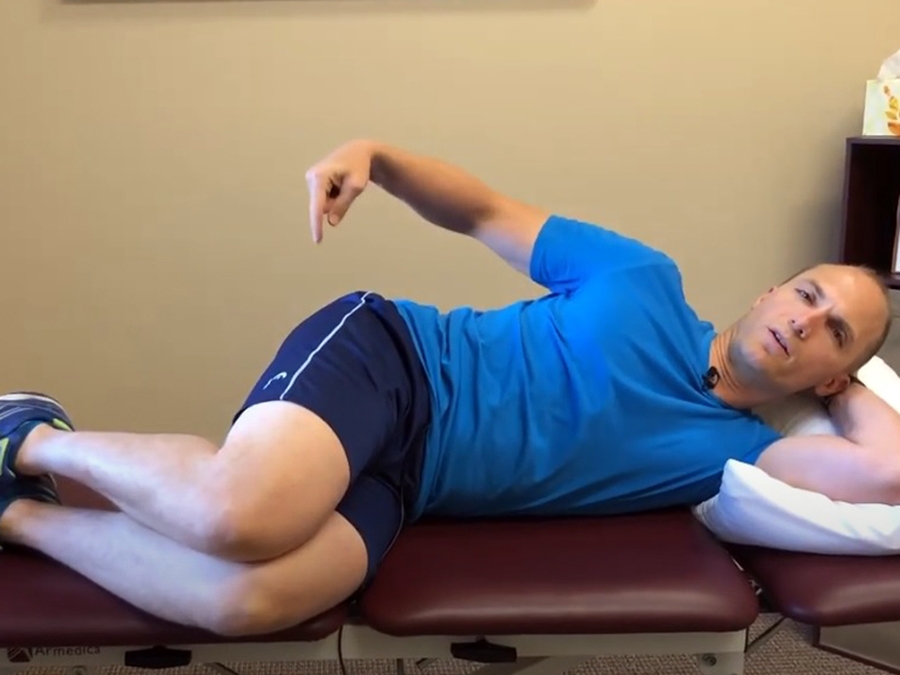Do you suffer from foot, hip or knee pain? If so, hip external rotation weakness and poor single leg balance may be part of the reason for the ongoing pain as you overload and overuse other muscle groups in order to gain extra lower leg support. Weakness in the deep external rotation muscles is commonly associated with many lower extremity overuse injuries.
Injuries commonly associated with hip weakness include:
- Foot/ankle injuries such as plantar fasciitis, Achilles tendinitis or posterior tibialis syndrome.
- Hip related issues including piriformis syndrome, hip bursitis, and hip impingement.
- Knee injuries such as Patellar Femoral Pain Syndrome (PFPS) and Iliotibial Band Syndrome (ITBS).
The deep hip external rotator muscles need to work along with the hip abductors (such as the gluteus medius) to insure proper lower extremity positioning when the leg is in full weight bearing. (Particularly, in a single leg stance.) One leg bears the full weight while the opposite leg is in the swing phase while walking, running or skipping.
The deep hip rotators (also known as the short external hip rotators) are a group of muscles including: the superior and inferior gemelli muscles; obturator internus; quadratus femoris; and the piriformis. This group of muscles is extremely important for stability of the body, pelvis, and leg as the leg/foot initiates full ground contact.
The clamshell exercise is a commonly prescribed exercise designed to target the hip abductors and hip external rotators. However, this exercise is often performed incorrectly or ineffectively.

In the following video, I demonstrate my preferred method of performing the clamshell exercise in order to insure optimal effectiveness.
In order to engage the deep hip rotators, you should feel the muscles working deep into the buttocks and directly behind the greater trochanter (the hard bone that pokes up at the top of the hip).
This exercise should be performed very slowly. I advise a count of 5 seconds up, a 5 second hold, and then a 5 second slow return to the starting position for at least 10 repetitions.
If you aren’t feeling the deep hip rotators activate, then you may need to reposition your legs. Usually, repositioning the knees and moving them up toward your head into a more fetal position will do the trick.
If you have a question that you would like featured in an upcoming blog post, please comment below or submit your question to contact@thePhysicalTherapyAdvisor.com. In case you haven’t already, be sure to subscribe to my e-mail list and YouTube channel as well as join our community on Facebook by liking The Physical Therapy Advisor!
